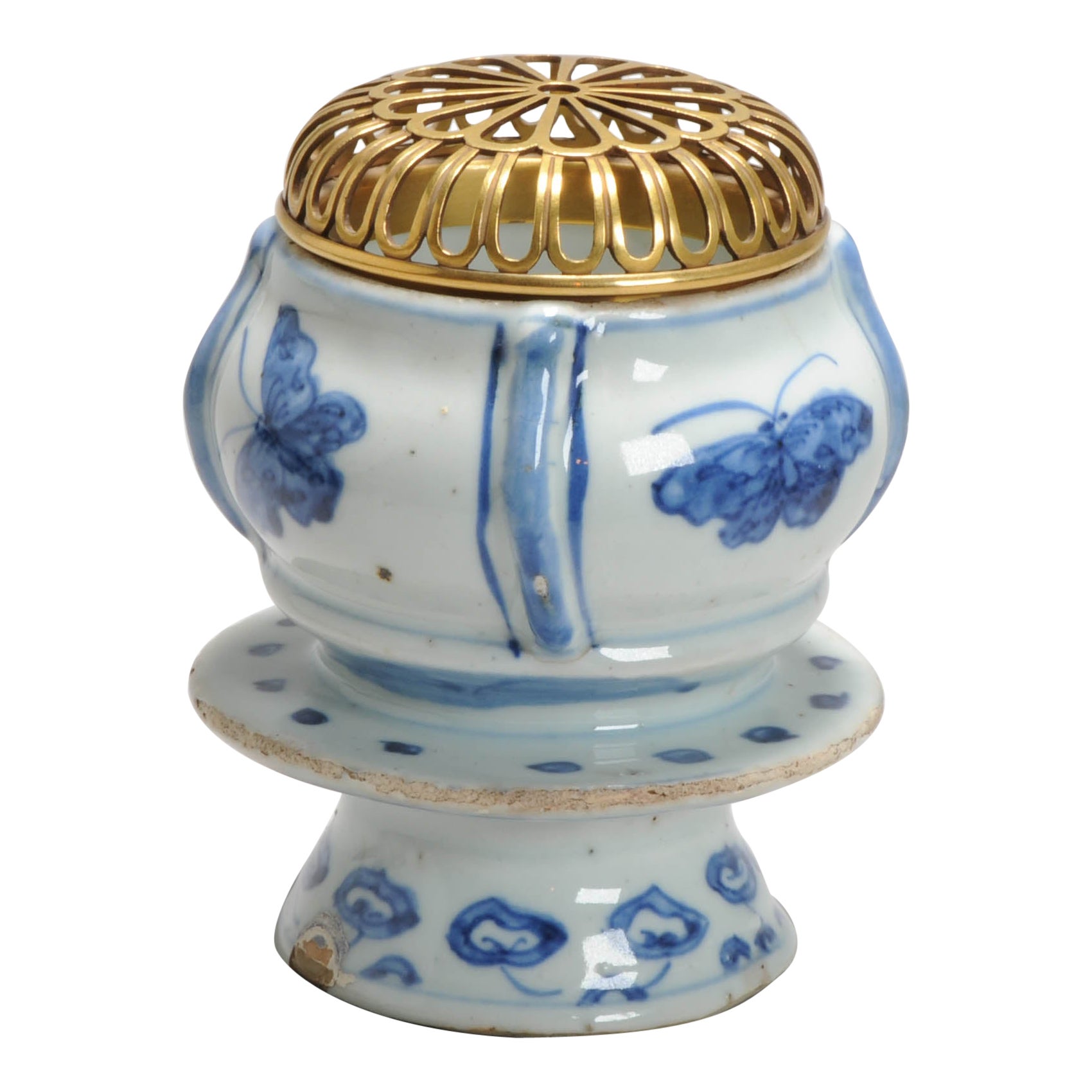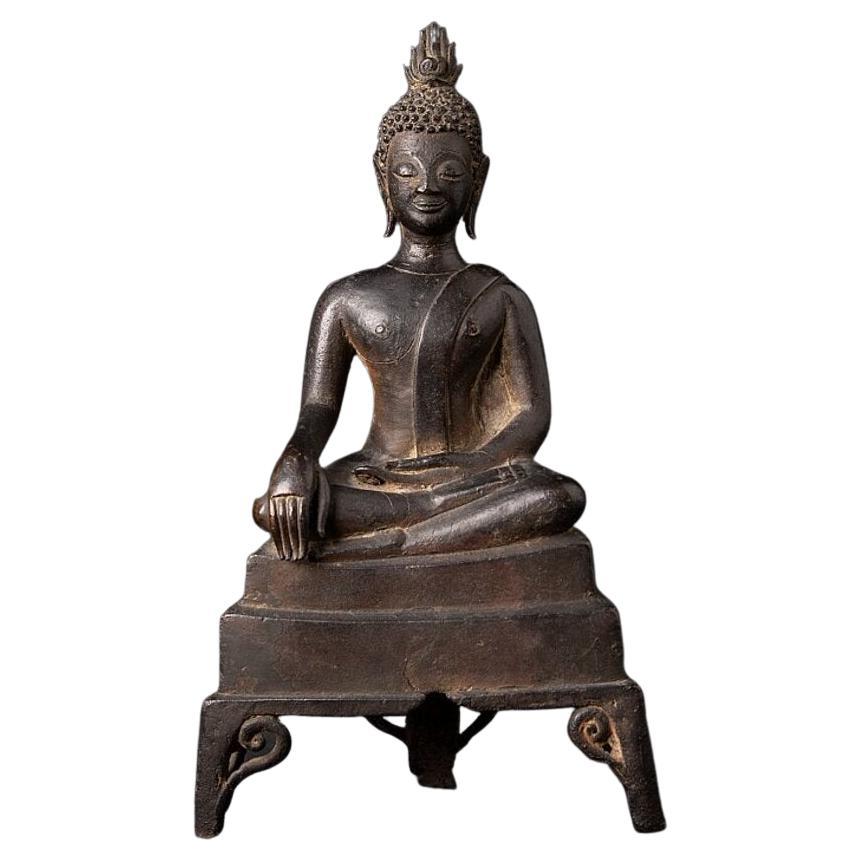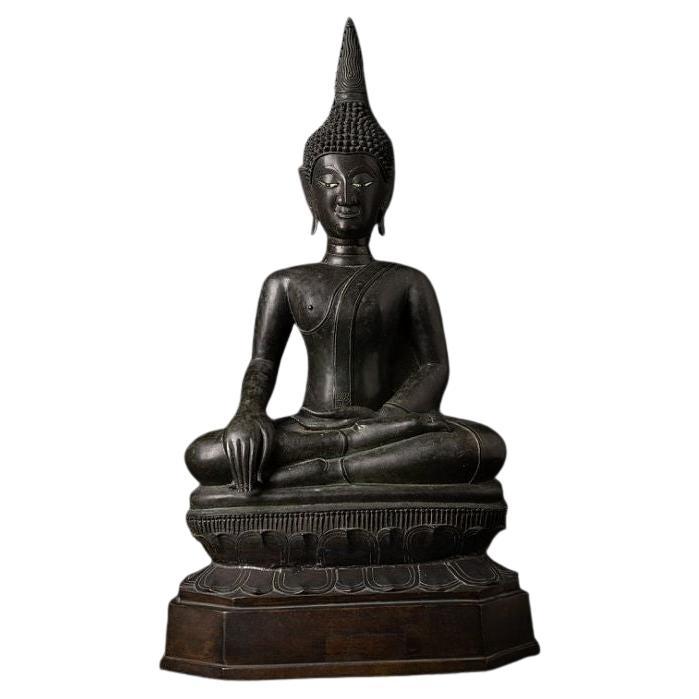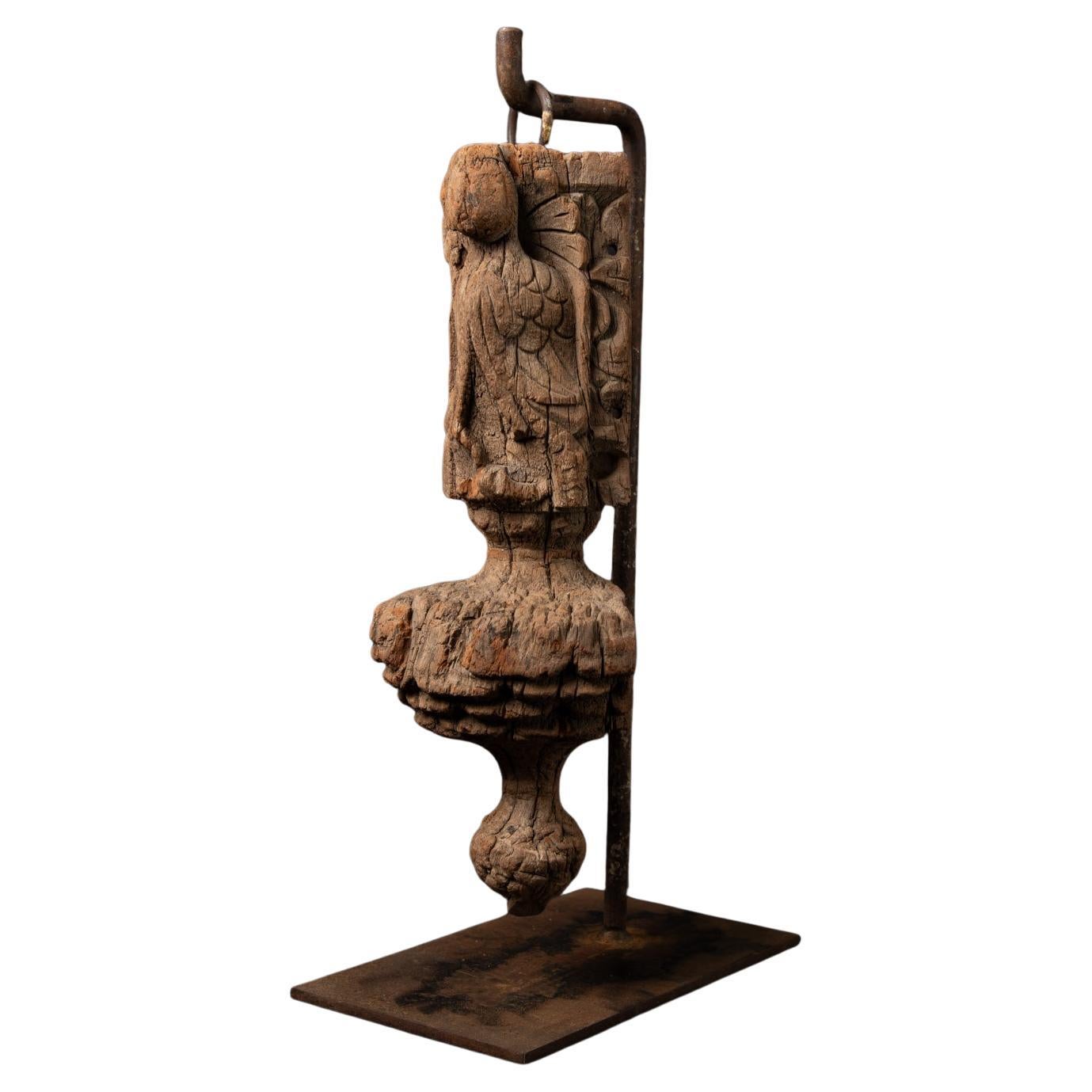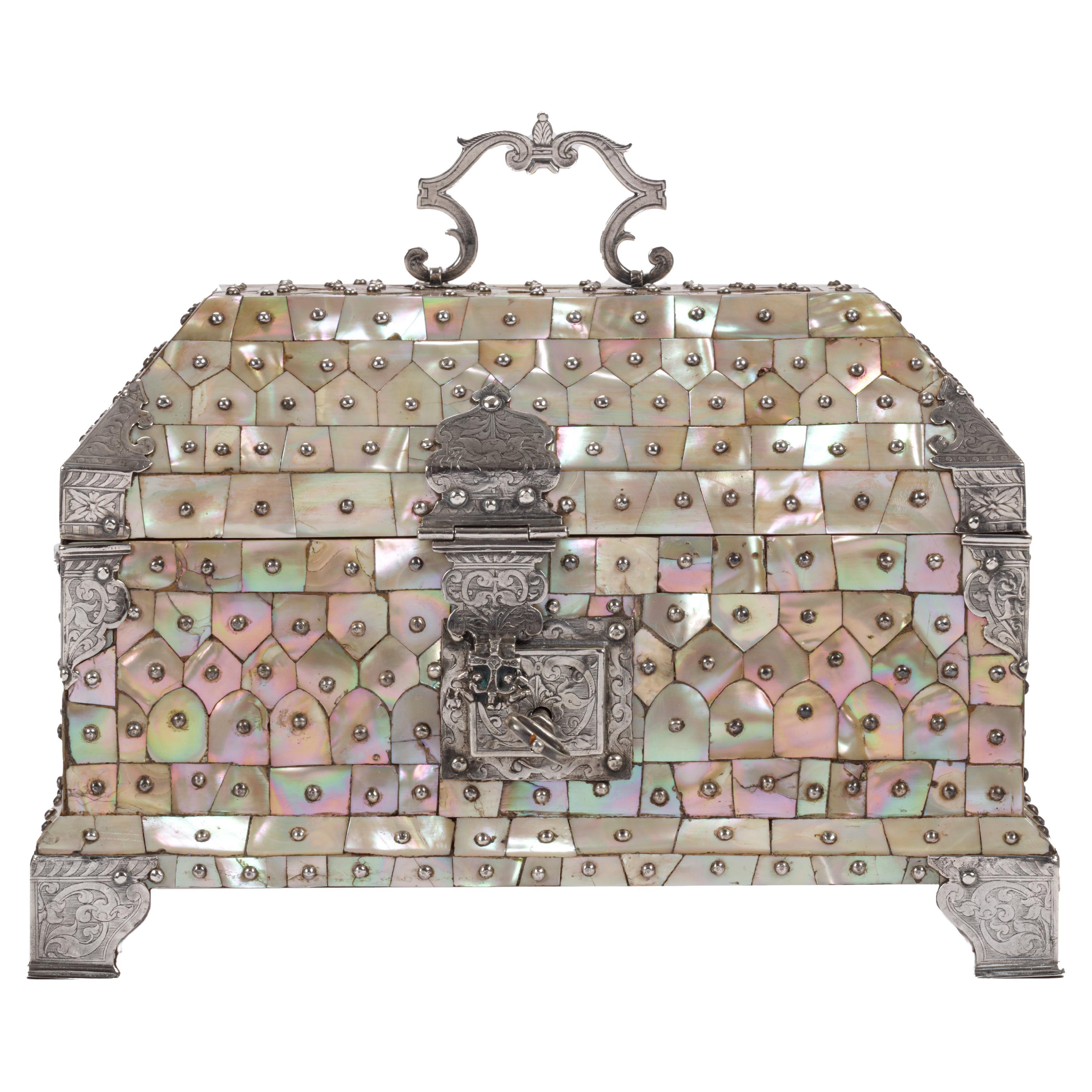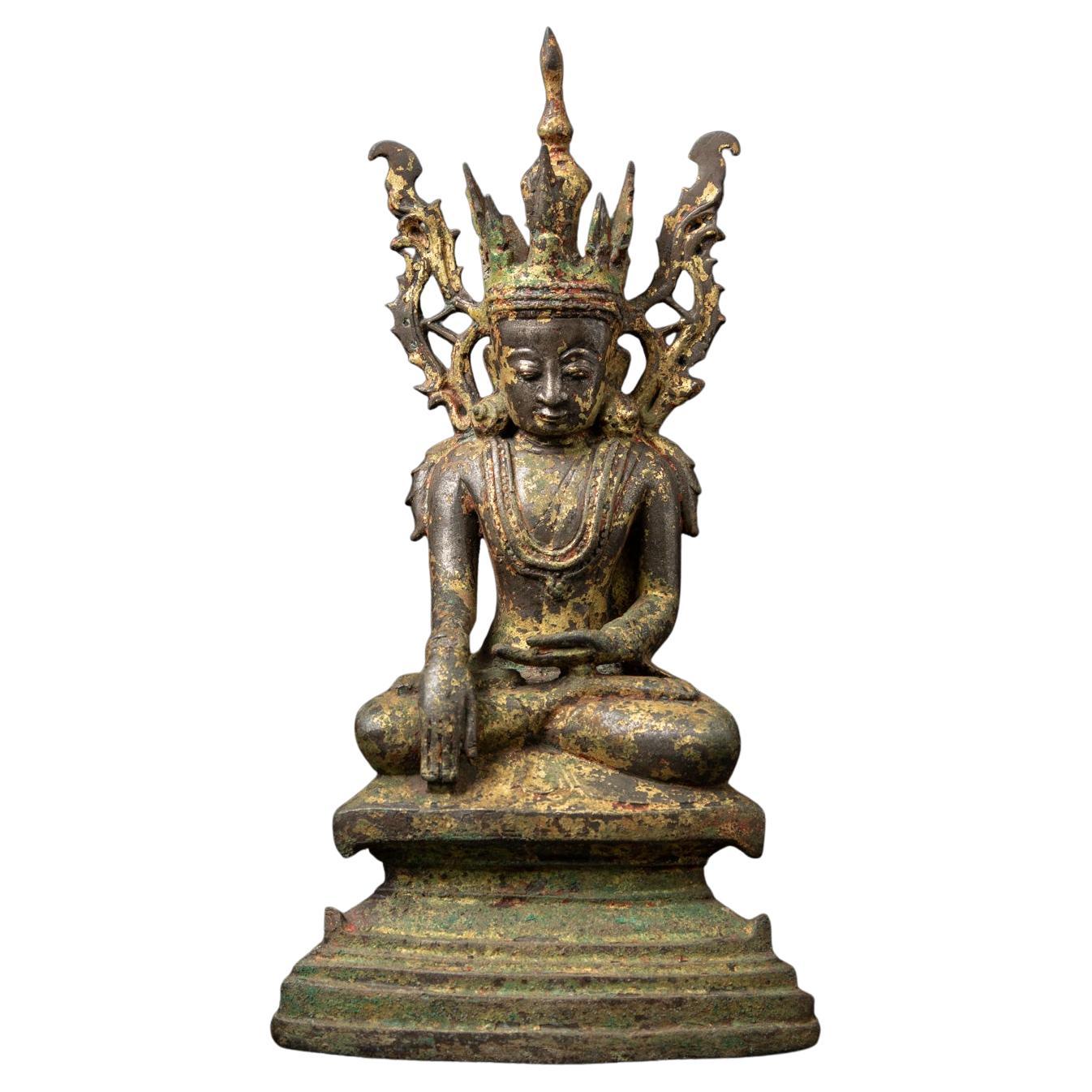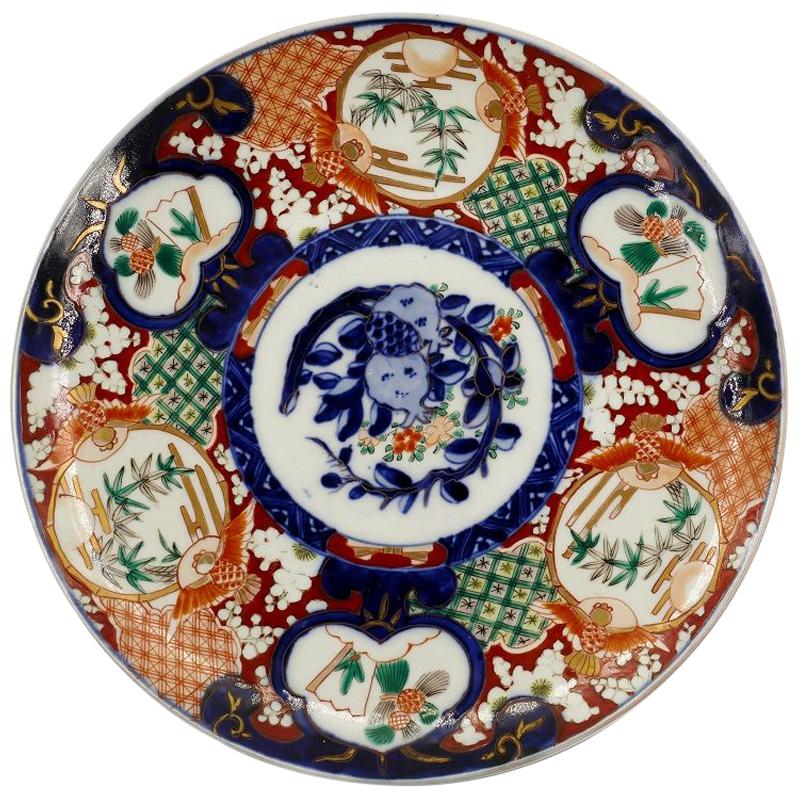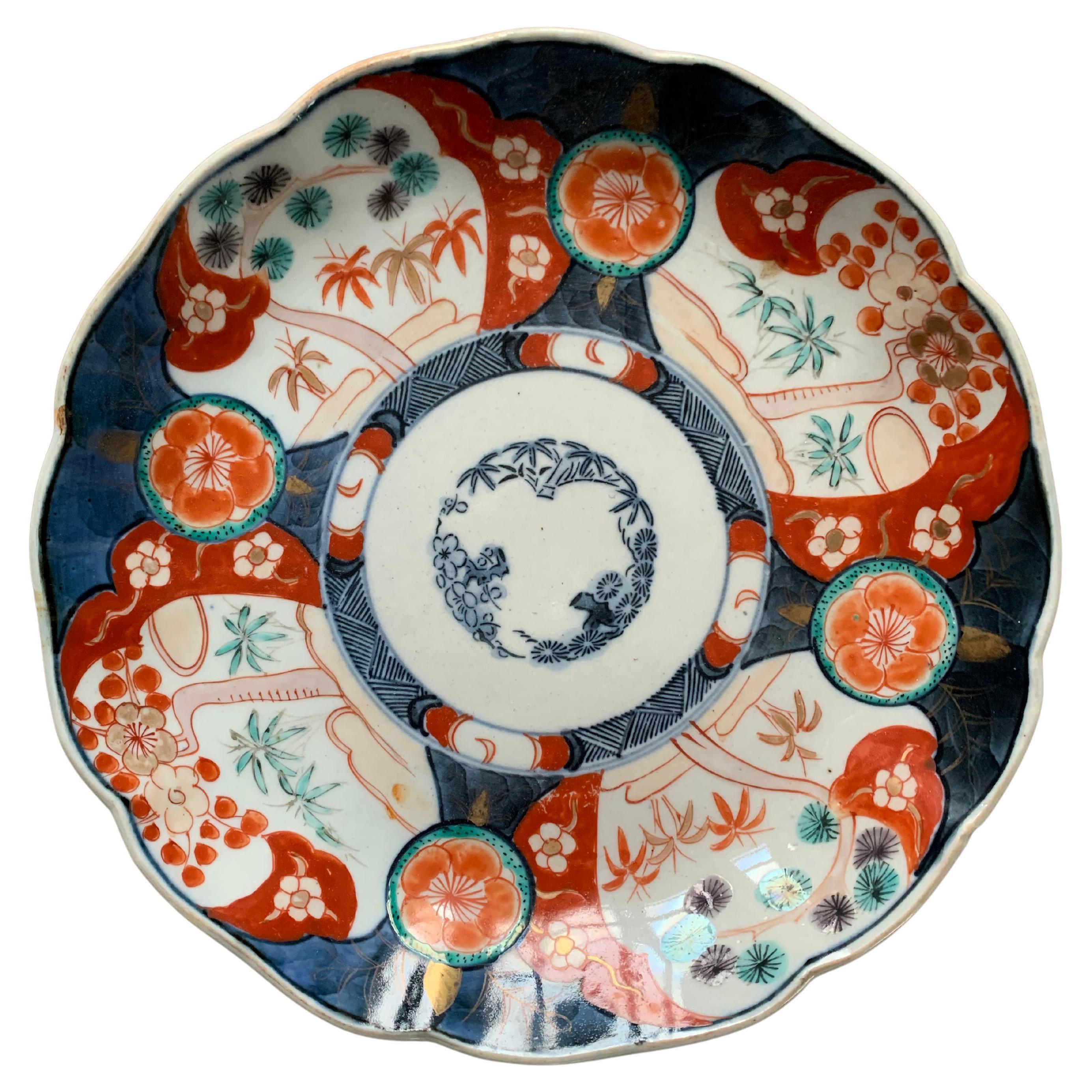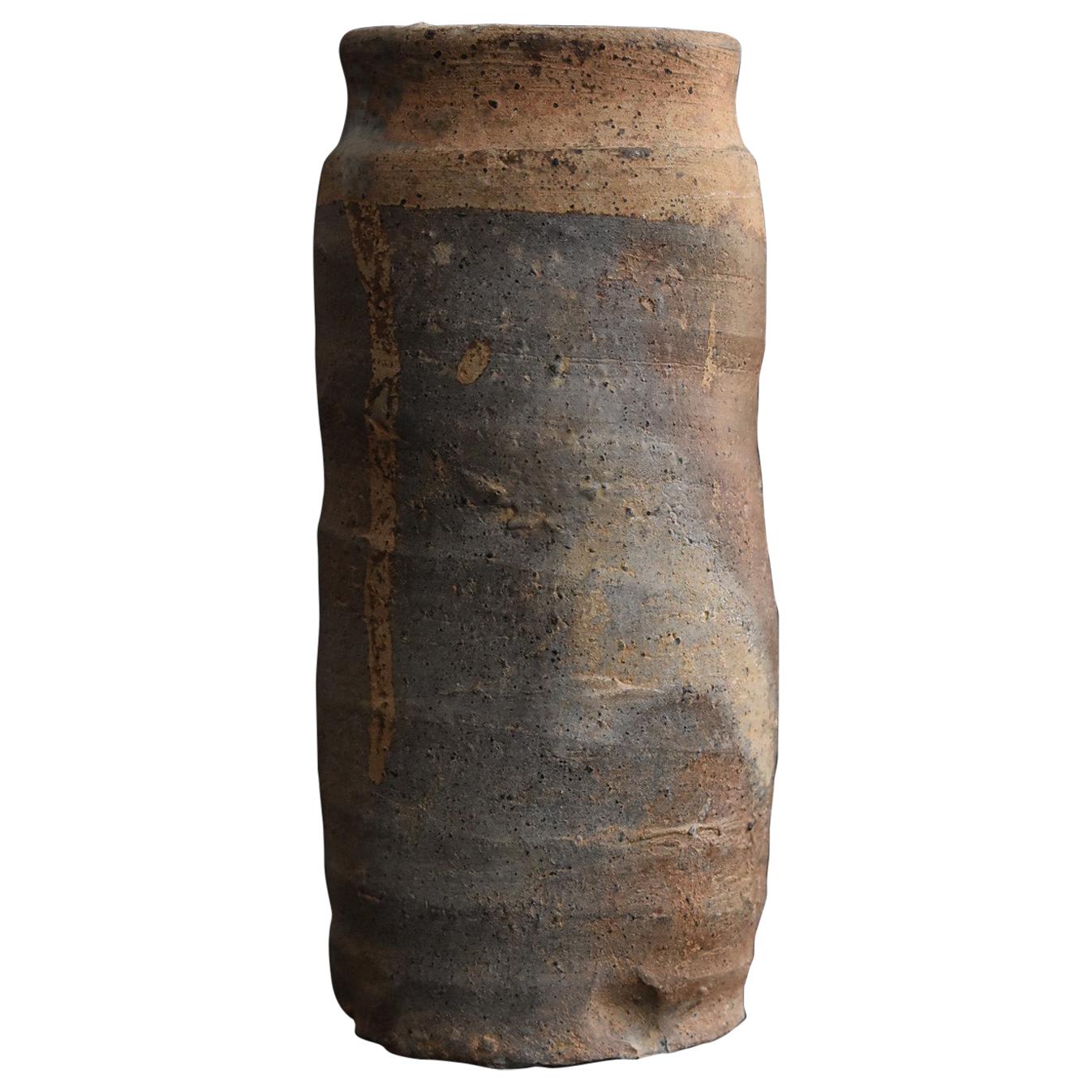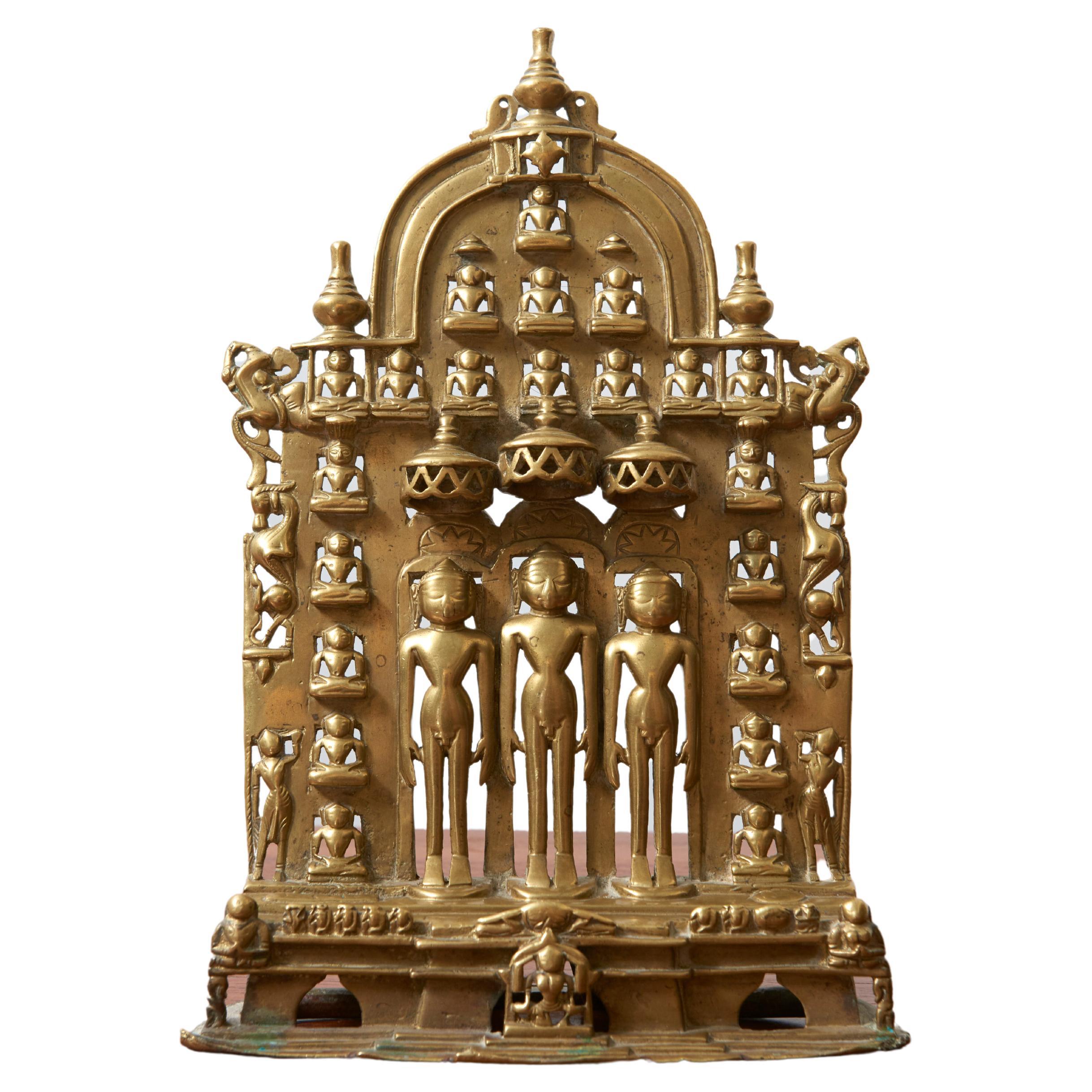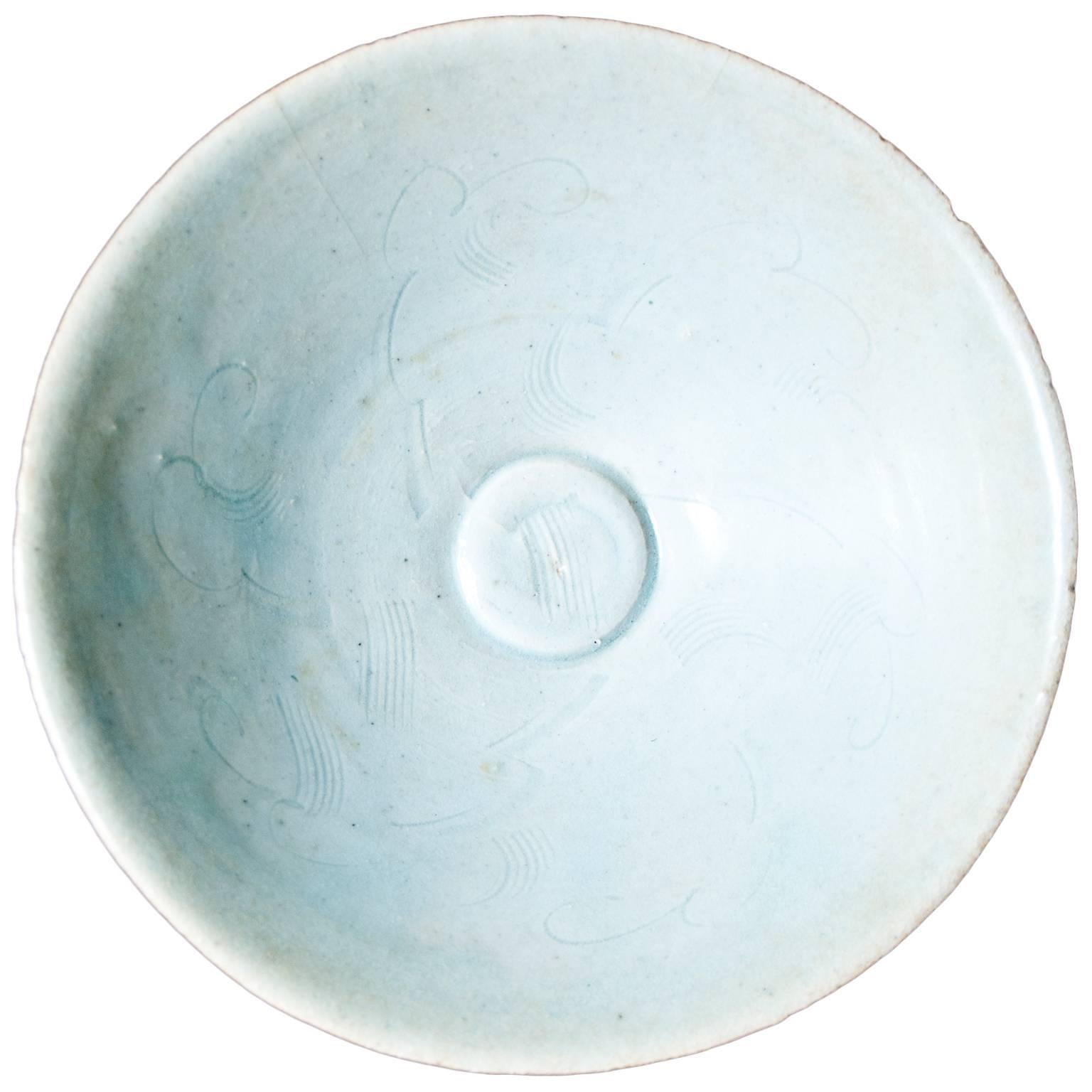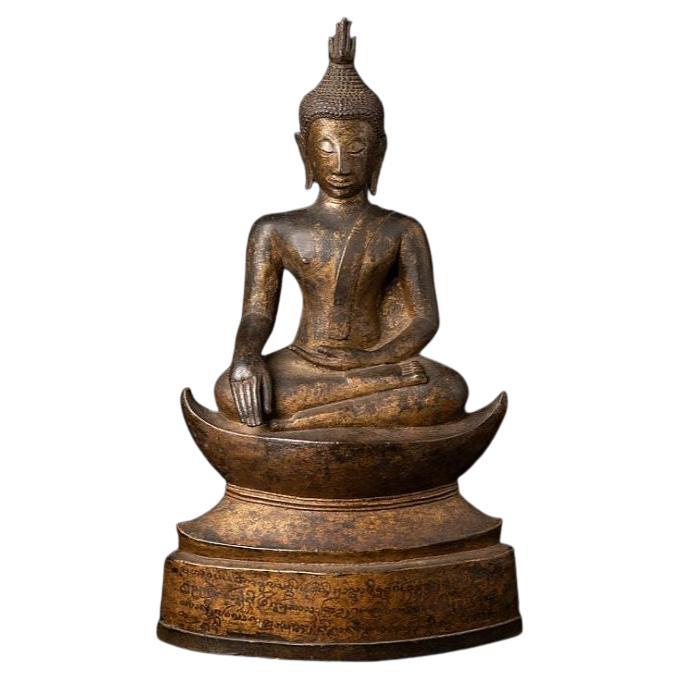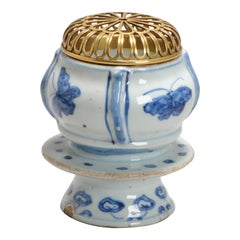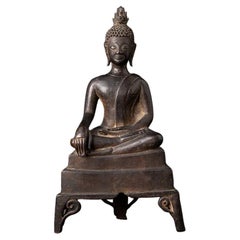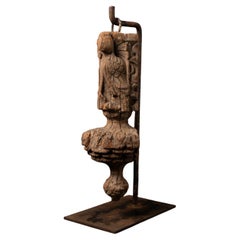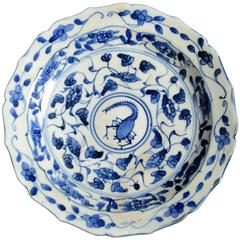
Mid-16th Century Ming Period Porcelain Plate
View Similar Items
1 of 3
Mid-16th Century Ming Period Porcelain Plate
$1,289.68List Price
About the Item
- Dimensions:Height: 7.25 in (18.42 cm)Width: 0.1 in (2.54 mm)Depth: 0.1 in (2.54 mm)
- Place of Origin:
- Period:
- Date of Manufacture:circa 1550
- Condition:
- Seller Location:London, GB
- Reference Number:1stDibs: LU103244685523
Authenticity Guarantee
In the unlikely event there’s an issue with an item’s authenticity, contact us within 1 year for a full refund. DetailsMoney-Back Guarantee
If your item is not as described, is damaged in transit, or does not arrive, contact us within 7 days for a full refund. Details24-Hour Cancellation
You have a 24-hour grace period in which to reconsider your purchase, with no questions asked.Vetted Professional Sellers
Our world-class sellers must adhere to strict standards for service and quality, maintaining the integrity of our listings.Price-Match Guarantee
If you find that a seller listed the same item for a lower price elsewhere, we’ll match it.Trusted Global Delivery
Our best-in-class carrier network provides specialized shipping options worldwide, including custom delivery.You May Also Like
Chinese Porcelain Ming Period Incense Burner Butterflies Tianqi Unusual, 17th C.
Located in Amsterdam, Noord Holland
Sharing this lovely and unusual Chinese porcelain incense burner from the late Ming period, Tianqi period most probably. Jingdezhen made for ...
Category
Antique 17th Century Chinese Ming More Asian Art, Objects and Furniture
Materials
Porcelain
$8,975 Sale Price
20% Off
16th Century Bronze Lanna Buddha Statue from Thailand
Located in DEVENTER, NL
Material: bronze
32,3 cm high
18,5 cm wide and 10,5 cm deep
Weight: 2.833 kgs
Bhumisparsha mudra
Originating from Thailand
16th century
With confirmed TL-test, see pictures
A special Buddha...
Category
Antique 16th Century Thai Sculptures and Carvings
Materials
Bronze
Special 16th Century Bronze Chiang Sean Buddha from Laos
Located in DEVENTER, NL
Material: bronze
60 cm high
34,5 cm wide and 22,3 cm deep
Weight: 12.4 kgs
Bhumisparsha mudra
Originating from Laos
16th century
With inlaid eyes of mother-of-pearl
Long nec...
Category
Antique 16th Century Laotian Sculptures and Carvings
Materials
Bronze
16th century Antique Indian wooden Temple fragment from India
Located in DEVENTER, NL
Discover the beauty of this antique Indian wooden temple fragment, a remarkable 16th-17th century artifact showcasing traditional craftsmanship. Carved from solid wood, this exquisit...
Category
Antique 16th Century Indian Sculptures and Carvings
Materials
Wood
16th-Century Indo-Portuguese Colonial Mother-of-pearl Gujarat Casket
Located in Amsterdam, NL
An exceptional Indo-Portuguese colonial mother-of-pearl veneered casket with silver mounts
India, Gujarat, 2nd half of the 16th century, the silver mounts Goa or probably Lisbon
Measures: H. 16 x W. 24.6 x D. 16.1 cm
An exceptional Gujarati casket with a rectangular box and truncated pyramidal lid (with slopes on each side and a flat top) made from exotic wood, probably teak (Tectona grandis), covered with a mother-of-pearl mosaic. The tesserae, cut from the shell of the green turban sea snail (Turbo marmoratus, a marine gastropod) in the shape of fish scales, are pinned to the wooden structure with silver ball-headed nails. The casket is set on bracket feet on the corners. The masterfully engraved decoration of the silver mounts follows the most refined and erudite Mannerist repertoire of rinceaux and ferroneries dating from the mid-16th century. The high quality and refinement of the silver mounts and, likewise, the silver nails that replaced the original brass pins used to hold the mother-of-pearl tesserae in place indicate the work of a silversmith probably working in Lisbon in the second half of the 16th century.
The Indian origin of this production, namely from Cambay (Khambhat) and Surat in the present state of Gujarat in north India, is, as for the last three decades, consensual and fully demonstrated, not only by documentary and literary evidence - such as descriptions, travelogues and contemporary archival documentation - but also by the survival in situ of 16th-century wooden structures covered in mother-of-pearl tesserae. A fine example is a canopy decorating the tomb (dargah) of the Sufi saint, Sheik Salim Chisti (1478-1572) in Fatehpur Sikri in Agra district in the state of Uttar Pradesh, north India. This is an artistic production, geometric in character and Islamic in nature, where usually the mother-of-pearl tesserae form complex designs of fish scales or, similar to the dishes also made using the same technique, with the thin brass sheets and pins, stylized lotus flowers. The truncated pyramidal shape corresponds, like their contemporary tortoiseshell counterparts also made in Gujarat, to a piece of furniture used in the Indian subcontinent within the Islamic world prior to the arrival of the first Portuguese. This shape, in fact, is very old and peculiar to East-Asian caskets, chests or boxes used to contain and protect Buddhist texts, the sutras.
A similar chest is the famous and large reliquary chest from Lisbon cathedral that once contained the relics of the city's patron saint, Saint Vincent. Both match in shape, having the same kind of socle or pedestal and bracket feet, and in their engraved silver mountings, featuring the same type of refined, erudite decoration. Their differences lie in the silver borders that frame the entire length of the edges of the chest (both the box and the lid), pinned with silver nails, and on the lock plate, shaped like a coat of arms in the Lisbon example. Given the exceptional dimensions of the reliquary casket...
Category
Antique 16th Century Indian Jewelry Boxes
Materials
Silver
16th century Very special bronze Burmese Buddha statue from Burma
Located in DEVENTER, NL
Very special antique bronze Burmese Buddha statue
Material : bronze
36,8 cm high
18 cm wide and 10,5 cm deep
With traces of the original lacquer and 24 krt. gilding
Ava style
Bhumisp...
Category
Antique 15th Century and Earlier Burmese Sculptures and Carvings
Materials
Bronze
Recently Viewed
View AllMore Ways To Browse
16th Century Ming Plates
Chinese Porcelain Jiajing
Ming Jiajing
Chinese Carved Ivory Emperor
Forged Iron Double Clamp Black Jack
Japanese Vintage Matchbox
Samurai Horse Riding
Tibet Drum
Chinese Wedding Lanterns
Dewi Sri
Han Kan
Higashi Takesonosai
Japanese Rodogi Coat
Kris Sword
Li Yuan Chia
Reverse Painted Crystal Vase With Butterflies
Yun Jian
Burmese Sutra
